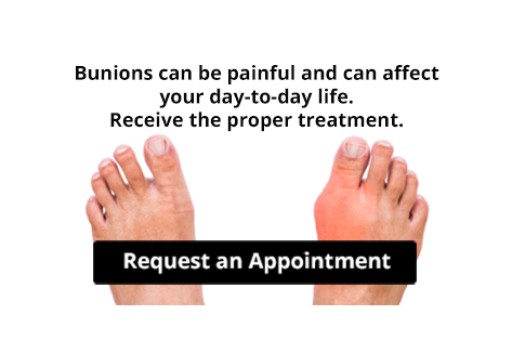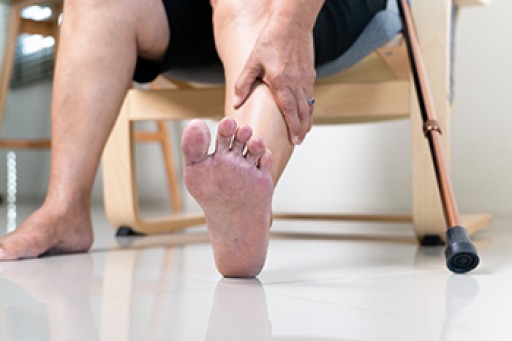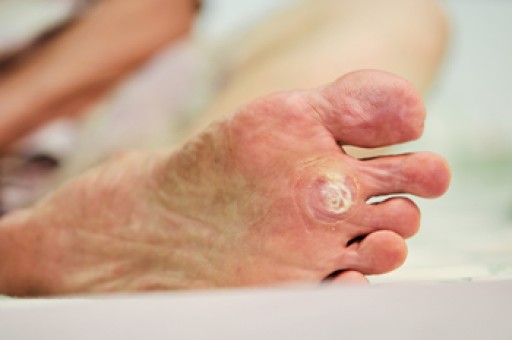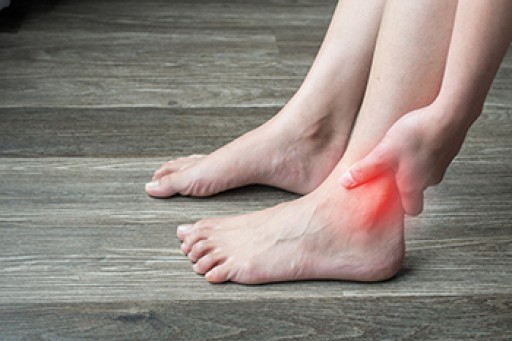 The idea of wearing flip flops is appealing to many people. They are easy to wear and are available in a variety of styles and colors. However, research has indicated that this style of shoe may cause damage to the feet. A person's gait or walking pattern could be negatively impacted in order to accommodate for the lack of arch support and cushioning, and the ankles may turn inward. It can also be easier to stub your toe while wearing flip flops, which may result in a broken toe. Additionally, the toes are constantly gripping the front of the shoe to keep it securely on the foot. This repeated action may cause strain in the overall foot, or cramps may develop as well. There are several other foot conditions that can result from wearing flip flops as well. If you are interested in learning more about the effects flip flops can have on the feet, please speak with a podiatrist.
The idea of wearing flip flops is appealing to many people. They are easy to wear and are available in a variety of styles and colors. However, research has indicated that this style of shoe may cause damage to the feet. A person's gait or walking pattern could be negatively impacted in order to accommodate for the lack of arch support and cushioning, and the ankles may turn inward. It can also be easier to stub your toe while wearing flip flops, which may result in a broken toe. Additionally, the toes are constantly gripping the front of the shoe to keep it securely on the foot. This repeated action may cause strain in the overall foot, or cramps may develop as well. There are several other foot conditions that can result from wearing flip flops as well. If you are interested in learning more about the effects flip flops can have on the feet, please speak with a podiatrist.
Flip-flops are not always the best choice of footwear. If you have any concerns about your feet or ankles, contact one of our podiatrists from Footcare Now. Our doctors will assist you with all of your foot and ankle needs.
Flip-Flops and Feet
When the weather starts warming up, people enjoy wearing flip-flops. Flip-flops are comfortable, stylish, and easy to slip on and off; they're perfect for any summer beach goer. However, these shoes can cause harm to the feet.
How Can Flip-Flops Affect Me Long-Term?
- Ankle problems
- Hip problems
- Lower back problems
- Pain in the balls of the feet
- Problems with foot arches
- Changes in the way you walk
Are There Injuries Associated with Flip-Flops?
Yes. Since flip-flops are relatively weak and do not provide the same amount of support as sneakers, people who wear flip-flops regularly are more susceptible to injuries. On top of that, the open nature of the shoe makes your feet more prone to other problems, such as cuts and even infections. Common injuries and ailments include:
- Sprained ankles
- Blisters
- Infections
- Cuts and Scrapes
I like Wearing Flip-Flops. Are There Safe Alternatives?
When buying flip-flops, try to find ones that have sturdy soles and that are made of high-quality materials that will support for your feet. These flip-flops will cost more but will also last longer as a result.
If you have any questions please feel free to contact our offices located in Elmhurst Jackson Heights, and Astoria, NY . We offer the newest diagnostic and treatment technologies for all your foot and ankle needs.











